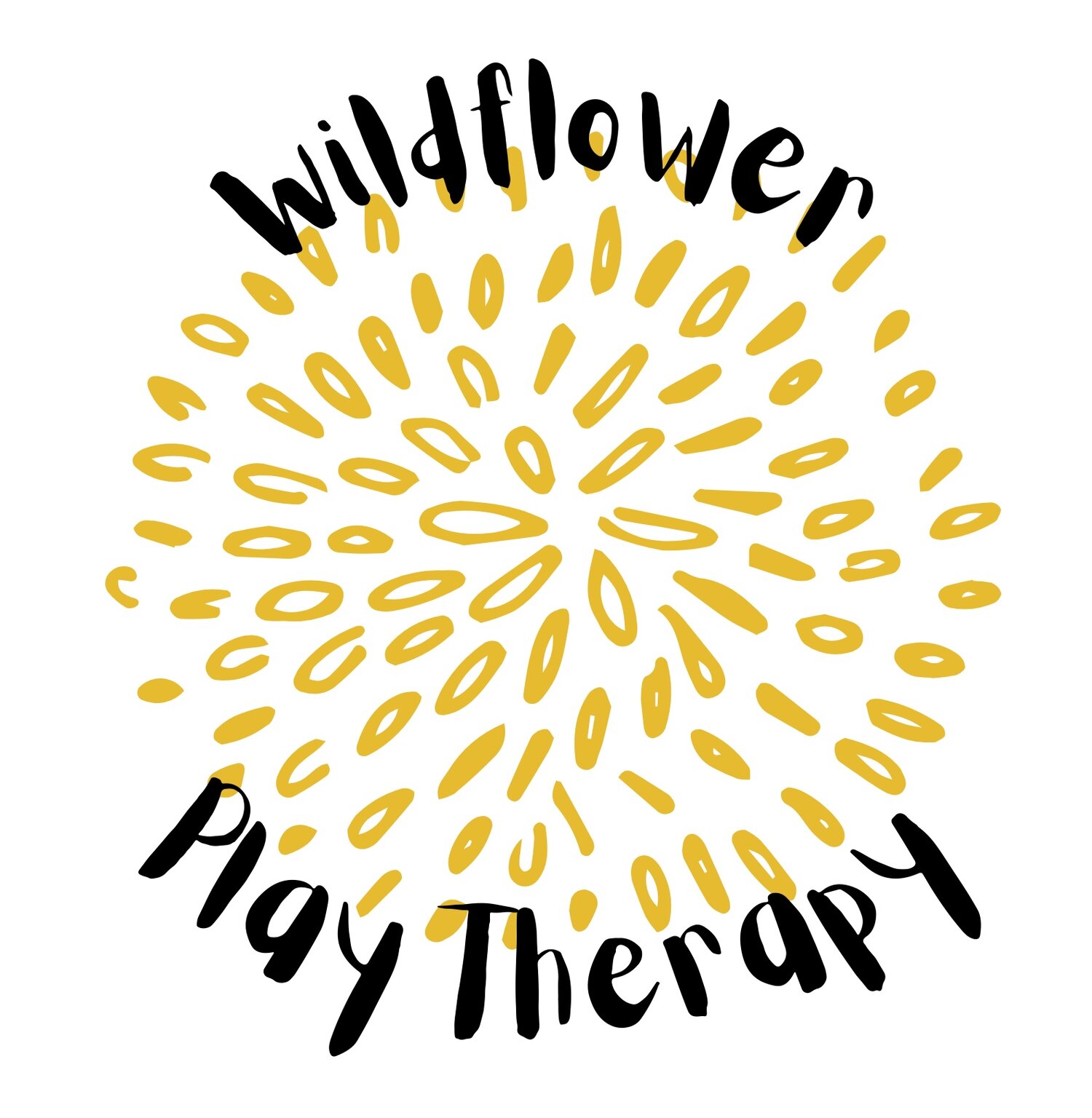Safe Touch Policy
Wildflower Play Therapy seeks to provide therapeutic care for children and families that honours their unique needs and upholds their safety and that of workers. This policy is designed to outline the use of touch in a way that uphold these things, providing quality care by designating when safe touch skills are necessary, beneficial and safe, and delineate these from when touch is inappropriate and unsafe.
Scope of Policy
This policy relates to the owner and practice lead, Pip Westwood, and all subcontractors, volunteers and students on placement. These individuals will henceforth be referred to as workers and must familiarise themselves with this policy.
What is Safe Touch?
Safe touch refers to physical contact that is employed in order to support appropriate physical contact in order to:
Support a child’s emotional needs e.g. provide comfort or reassurance
As part of the therapeutic relationship and intervention, children may need comforting, calming, soothing and containing distressed for a charge who is emotionally charged. Touch triggers the release of oxytocin, a chemical used to calm and regulate the body. These kinds of safe touch interaction may include gently stroking the upper back or arm, providing a hug, gently guiding them by the hand, etc.
Support communication e.g. gain a child’s attention
Gently touching the child’s arm or gently taking their hand to lead/guide them.
Assisting with skill acquisition e.g. hand on hand support for motor skills
Children may require some physical assistance as they grasp the motor skills involved in a particular activity. These interactions can include gentle guidance and support, such as allowing the child to hold a therapist’s hand or place their hand on the therapist’s shoulder for support during activities like balancing, the therapist placing their hand gently over the child’s hands to aid them in the execution of a fine motor skill such as holding a pencil or using scissors, etc.
For the purpose of protection from immediate danger e.g. physically intervening if the child is in or about to be in immediate risk of physical harm.
This form of safe touch is employed to maintain the safety of all individuals, including the child, the therapist and any other adults present. It may include gently restraining wrists or arms in the instance of throwing, hitting, pulling over furniture, attempting to leave the site and move onto the road, or alike. This kind of safe touch is often proactive and used to prevent a situation from escalating, and must only be used where there is imminent danger if immediate action is not taken, and there is no scope for conversation, redirection, coaxing skills or gentle persuasion.
Within the bounds of therapy e.g. pretend playing ‘doctors’ and applying a bandage, using pool noodles to have a pretend sword fight.
Interactive play assists in the development of social skills, physical boundaries, imaginative play skills and more. Physical contact during these activities supports the release of hormones such as dopamine and oxytocin.
For the application of first aid e.g. applying a Band-Aid.
The following diagram details where on an individual’s body it may be safe to employ safe touch, providing comfort and risks are assessed, and where it is never safe or appropriate to touch.
Case-Noting and Documentation
The employment of safe touch must be documented within case notes as soon as possible after the event to detail the nature of the event, the decision-making procedures surrounding the use of touch and the nature of the safe touch.
Review Date
This policy is to be reviewed every two years, with the next review to take place in December, 2025.

